Are you ready to meet the most excellent companion on four legs? Look no further than the pug dog! With a history of over 2,000 years in China, this breed has stood the test of time. As one of the oldest dog breeds, pugs have become famous for their distinctive wrinkled faces and curly tails. Whether you’re a seasoned puppy parent or new to the world of dogs, there’s plenty to love about these adorable canines. Pug dogs are perfect for pet parents looking for a loyal and affectionate companion. Recognized by the American Kennel Club, pugs have a friendly temperament that makes them great family pets. Plus, their short coat makes grooming a breeze.
Pugs are known for their charming personalities and are friendly dogs. They make fantastic companions, especially if you’re looking for a small dog or a puppy. If you want to learn more about this delightful breed or consider bringing a pug into your family, we have all the information you need. From training tips to joining a pug dog club, we’ll guide you through everything you need to know about these characteristic dogs. So, get ready to fall head over heels for pugs – they’ll steal your heart!
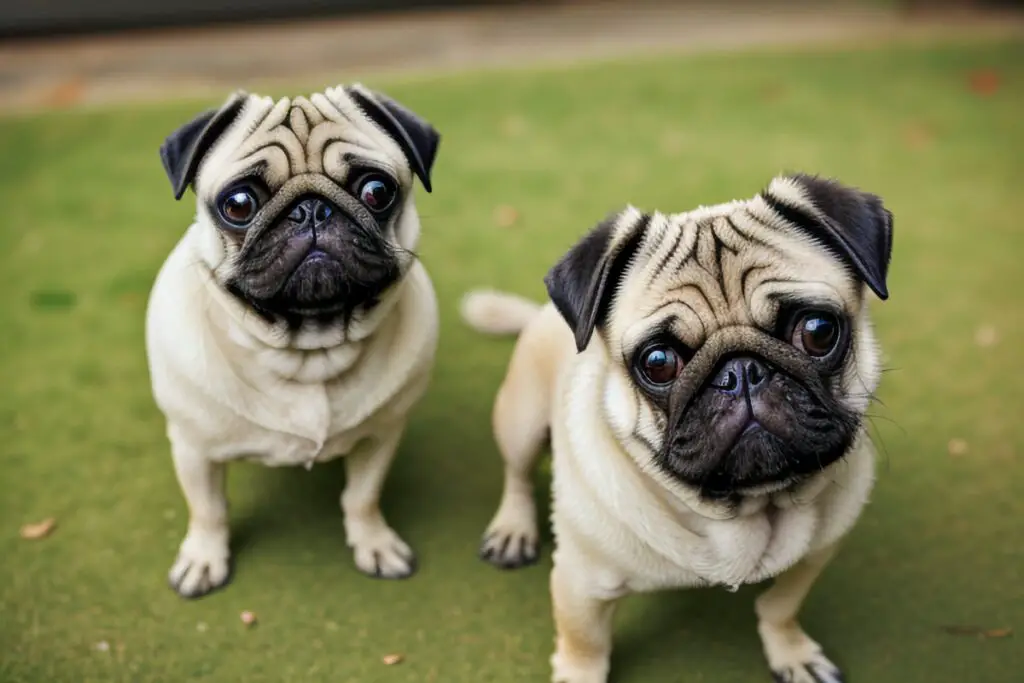
Table of Contents
- 1 Characteristics and Temperament of Pugs:
- 2 Health Considerations for Pugs:
- 3 Grooming and Coat Care for Pugs:
- 4 Exercise and Activity Requirements for Pugs:
- 5 Pug Mixes and Common Health Concerns:
- 6 The Fascinating World of Pug Dogs
- 7 Related posts:
- 8 Pug Puppy Care Guide: Expert Tips & Advice
- 9 Do Pugs Bite? Pugnacious or Passive
Characteristics and Temperament of Pugs:
Black pugs are a small-sized breed with a sturdy build, making them quite distinctive. Their friendly and sociable nature makes them great family pets. These adorable black pugs are often described as “clowns” due to their playful and mischievous behavior. They have a short coat, which is typical of brachycephalic breeds.
Here are some key traits that define pugs:
- Small-sized breed with a sturdy build: Pugs may be small but have a solid and compact body structure. Their round heads, short legs, and curled tails contribute to their unique appearance.
- Friendly and pleasant: Pugs are known for their friendly nature and love being around people. They enjoy the company of adults and children, making them excellent family companions.
- Playful and mischievous behavior: Pugs have an innate ability to bring joy into any household. Their playful antics often leave their owners entertained. Whether chasing after toys or engaging in silly activities, pugs never fail to amuse with their clown-like behavior.
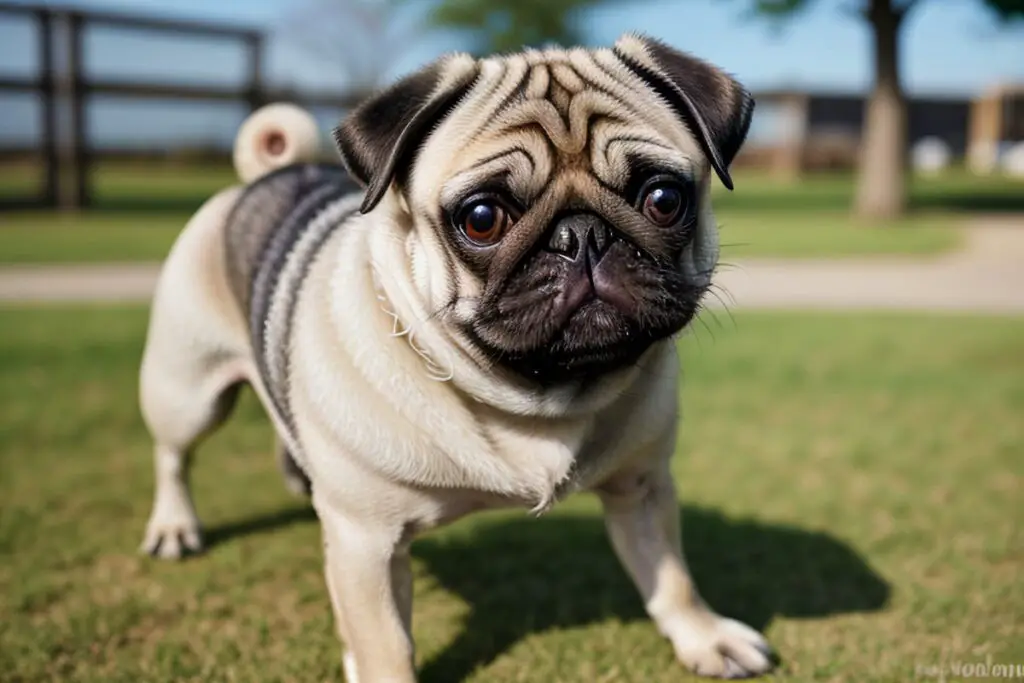
It is important to note that pugs, a popular puppy breed, belong to the brachycephalic species characterized by short muzzles and flat faces. This unique facial structure can sometimes lead to specific health issues related to breathing difficulties, making it crucial for dog owners to have proper dog care information. Caring for pugs or other dogs with similar facial features requires understanding and addressing these potential health concerns.
Health Considerations for Pugs:
Like any other puppy breed, black pugs require special care and attention to ensure their health and well-being. Here are some important health considerations to remember when caring for your black pug puppy, including training.
- Respiratory Issues: Pugs are prone to respiratory problems due to short snouts. This can make it difficult for them to breathe correctly, especially in hot or humid weather. Providing a relaxed and well-ventilated environment for your pug is crucial, avoiding strenuous exercise during peak temperatures.
- Eye Problems: Another common health issue in pugs is related to their eyes. They can develop conditions such as corneal ulcers or dry eyes. Regular eye examinations by a veterinarian are essential to detect any potential issues early on. Keeping the area around their eyes clean and free from excessive discharge can help prevent infections.
- Obesity Concerns: Obesity is a significant concern among pugs, which can lead to various health complications. Due to their love for food, they tend to overeat if not monitored closely. Maintaining a balanced diet with appropriate portions and regular exercise is vital in preventing obesity-related health problems.
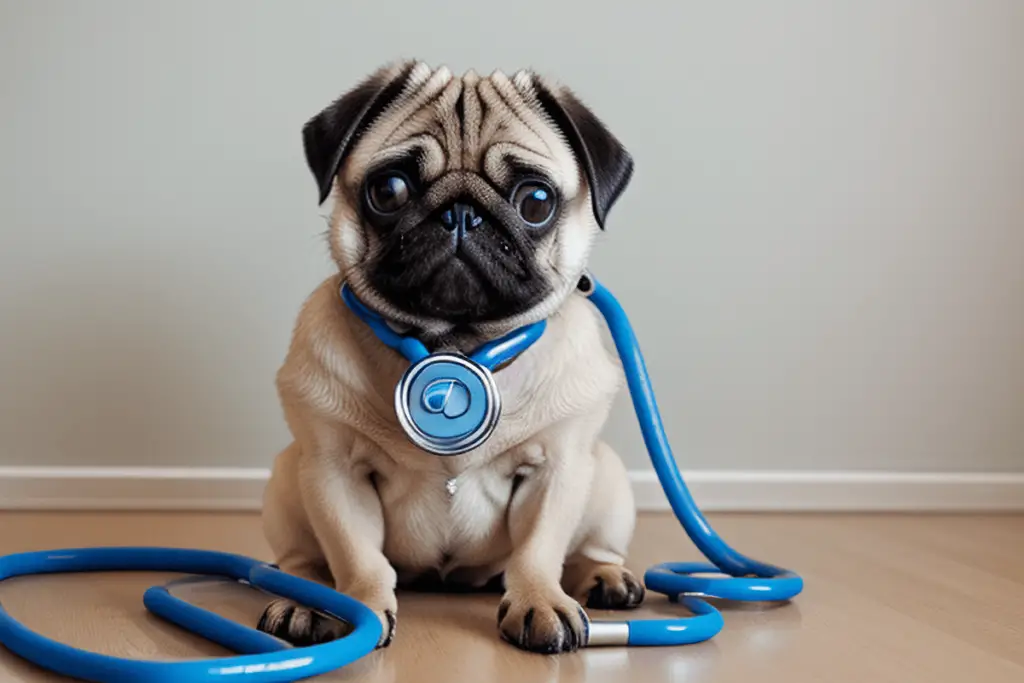
It is crucial to be aware of the specific health problems that pug dogs may encounter. Taking proactive measures and ensuring regular check-ups with your veterinarian can help promote your beloved pug companion’s overall health and longevity. Additionally, gathering information about common health issues in pug breeds is essential to understand their needs better. This knowledge will also enable you to provide proper care and attention for your pug, just as you would for other dog breeds.
Remember that providing proper care for pugs, a specific breed of dogs, involves being attentive to their unique needs and seeking necessary health clearances from professionals when required. By staying informed about potential health issues and taking preventive measures, you can ensure that your pug lives a happy and healthy life. For more information on pug breeds, click here.
So, remember to watch for respiratory issues in pug breeds, prioritize regular eye examinations for dogs, and be mindful of preventing obesity through proper diet control and exercise routines tailored to your pug’s needs. For more information, click here.
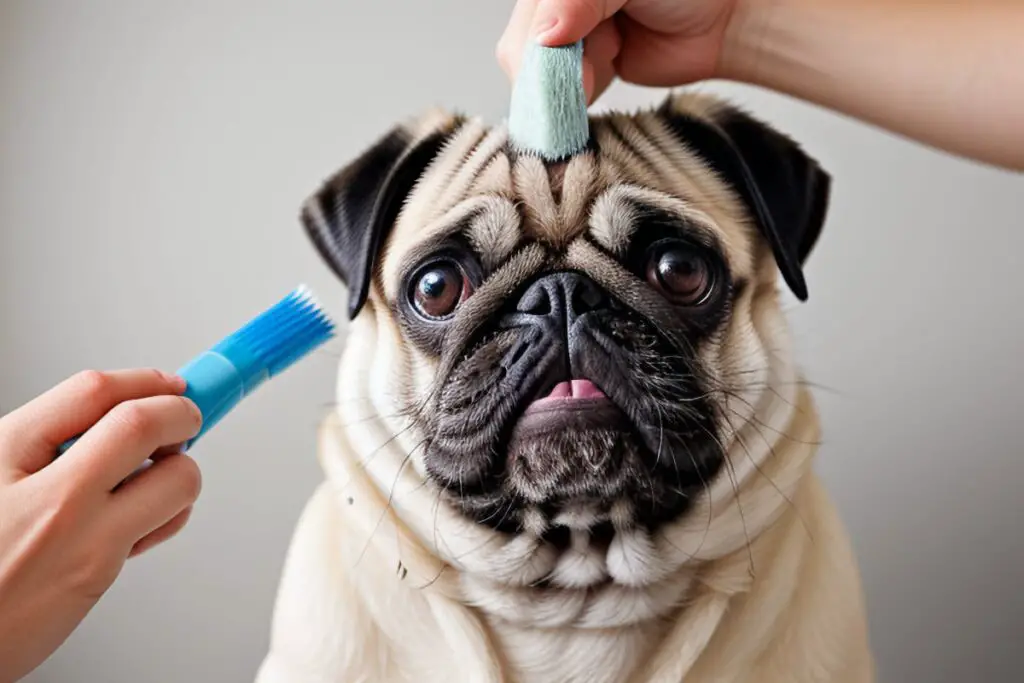
Grooming and Coat Care for Pugs:
Pug dogs, known for their distinctive appearance and playful nature, have specific grooming requirements for their overall hygiene. If you want information on adequately grooming and caring for their coat, click here to discover some essential tips.
- Short coat requires minimal grooming: Pugs with short skin don’t require extensive grooming. However, regular brushing is still beneficial as it helps control shedding and keeps their skin looking neat.
- Regular brushing: Brushing your pug’s coat regularly helps with shedding, promotes healthy skin, and removes tangles or mats. Use a soft-bristle brush or a rubber grooming mitt to brush through their fur gently.
- Facial wrinkles need careful cleaning: Pugs are known for their adorable facial wrinkles, but these folds can trap dirt and moisture, leading to infections if not properly cleaned. Use a damp cloth or specialized wipes to clean between the wrinkles gently, ensuring they stay dry and free from any debris.
- Regular nail trimming: Keeping your pug’s nails trimmed is crucial for their comfort and mobility. Long nails can cause discomfort while walking or running. Use dog nail clippers or seek professional help to trim the nails regularly, avoiding cutting too close too quickly.
- Dental care is essential: Pugs are prone to dental issues, so maintaining good oral hygiene is vital. Regularly brush your pug’s teeth using a dog-friendly toothbrush and toothpaste recommended by your veterinarian. Dental chews or toys can also help promote healthy teeth and gums.
Incorporating these simple steps into your routine ensures your pug remains clean, healthy, and happy. For more information on pug breeds and care, click here.
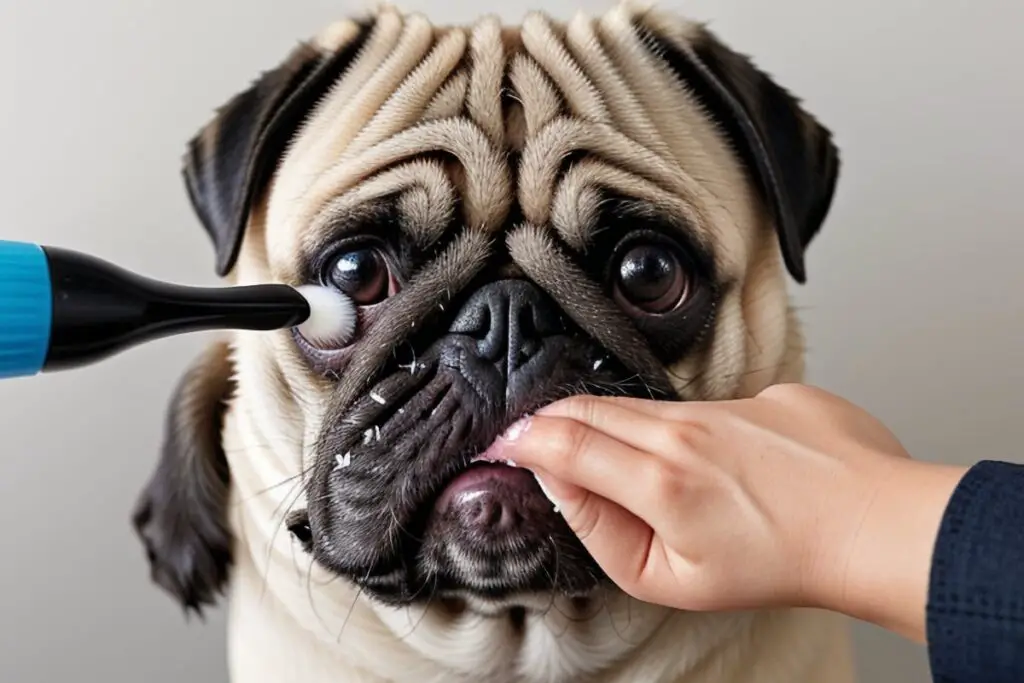
Remember:
- Regular brushing helps control shedding.
- Clean facial wrinkles carefully.
- Trim nails regularly.
- Pay attention to dental care.
Keep up with these grooming practices to ensure your pug, one of the most popular dog breeds, looks excellent while staying healthy. It is essential to have the necessary information on the grooming needs of pugs.
Exercise and Activity Requirements for Pugs:
Pugs, a popular breed of dog, have moderate exercise needs. To find more information about their exercise requirements, click here. Daily walks or playtime sessions are recommended to meet their exercise needs. However, it is essential to be cautious not to overexert them due to their brachycephalic (short-nosed) structure, which affects their breathing ability.
- Pugs, a popular dog breed, require regular exercise to maintain a healthy weight and overall well-being. Click here for more information.
- Daily walks are an excellent way to meet dogs’ exercise needs while providing mental stimulation. Click here to learn more about which breed is best for you.
- Playtime sessions for different dog breeds should include activities suitable for their size, energy level, and species. Click here to learn more about playing with dogs.
- Engaging in interactive games such as fetch or tug-of-war with dogs can help keep them active and entertained. Click here to learn more.
- Regarding dogs, it’s crucial to monitor their breathing during physical activity and ensure they do not become overly exhausted.
- Avoid exercising dogs like pugs in extreme weather conditions, as they may struggle with temperature regulation.
- Swimming is a low-impact exercise option that can benefit pugs and other dogs, as it puts less strain on their joints.
- Giving dogs puzzle or treat-dispensing toys can also help keep them mentally stimulated.
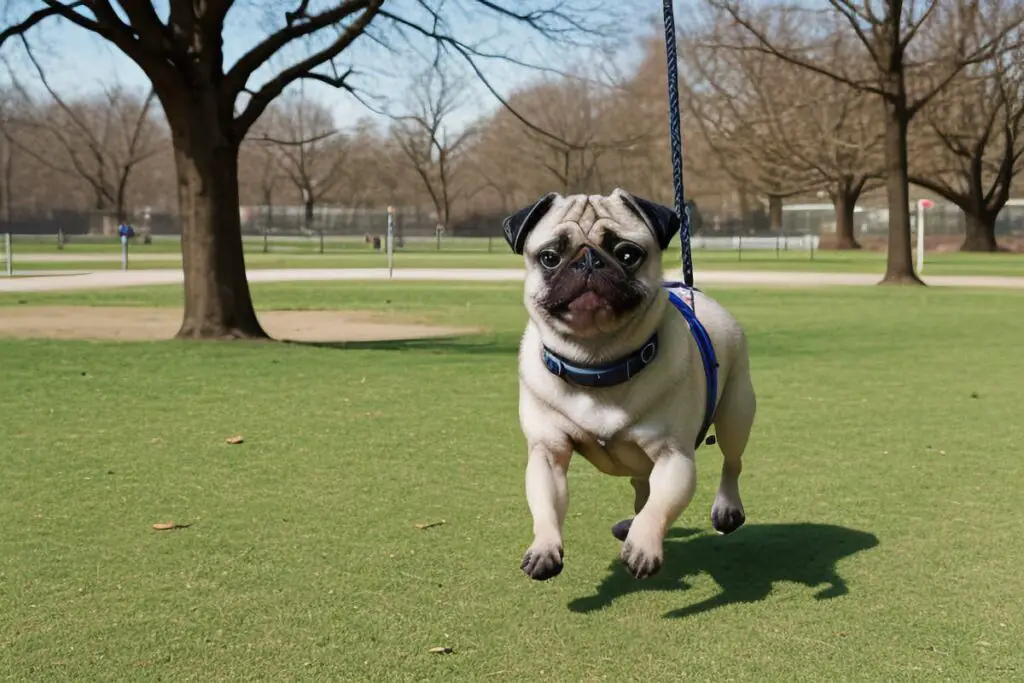
By understanding dogs’ exercise and activity requirements, specifically pugs, you can ensure they lead a healthy and happy lifestyle. Remember to prioritize their well-being by incorporating regular exercise into their daily routine while being mindful of their brachycephalic nature.
Pug Mixes and Common Health Concerns:
Pugs are adorable little dogs that have become quite popular as pets. They are known for their distinctive wrinkled face and curly tail. If you’re considering getting a pug or already have one, you must be aware of some common health concerns they may face. There are a few pug mixes that have gained popularity among dog lovers.
Pug Mixes:
- One popular pug mix is the puggle, a cross between a pug and a beagle. Puggles are adorable dogs.
- Another well-liked mix is the chug, which combines a pug with a chihuahua. These dogs are popular among dog lovers.
These dog mixes often inherit traits from both parent breeds, resulting in unique combinations of characteristics. These dog mixes can be an exciting option if you’re looking for a pug with some added dog features or qualities.
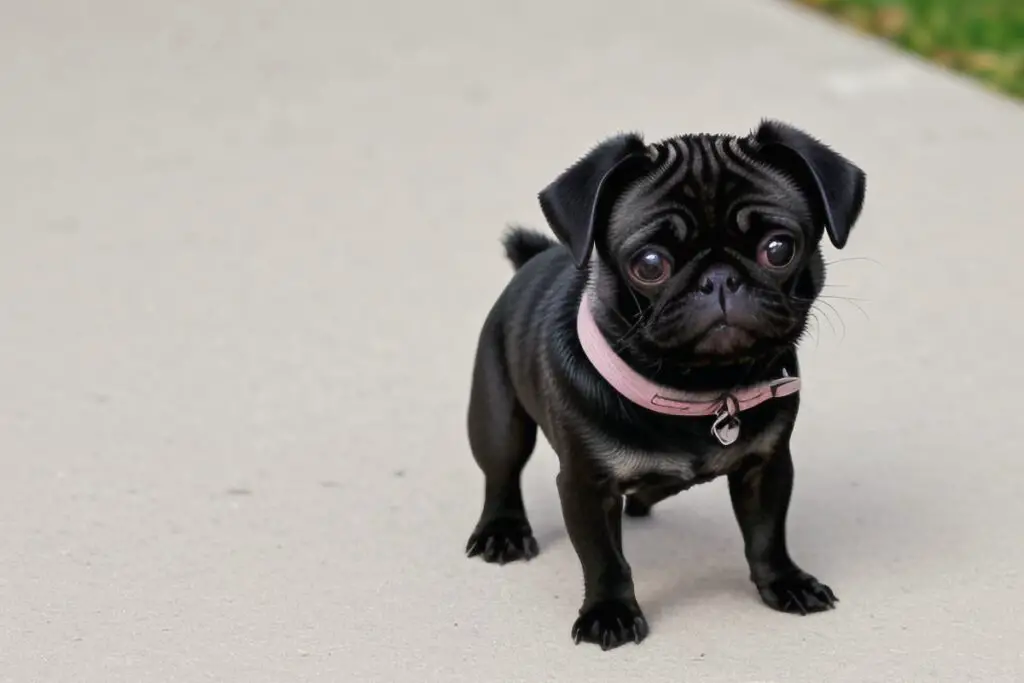
Common Health Concerns:
- Hip dysplasia is one common health issue seen in pugs and dogs. It refers to abnormal hip joint development in dogs and can cause discomfort and mobility problems in pugs.
- Patellar luxation is another concern for dogs whose kneecap slips out of place. This condition can lead to lameness and pain for your canine companion.
- Allergies are also quite prevalent in pugs. They can develop substance allergies like pollen, certain foods, or fleas.
It’s essential to watch for any signs or symptoms related to these health concerns in your pug dogs. Regular veterinary check-ups and proper care can help mitigate potential issues and ensure your pet’s well-being.
Remember that while these talking points provide valuable information about pug mixes and common health concerns in dogs, it’s always best to consult a veterinarian for personalized advice regarding your pet’s needs.
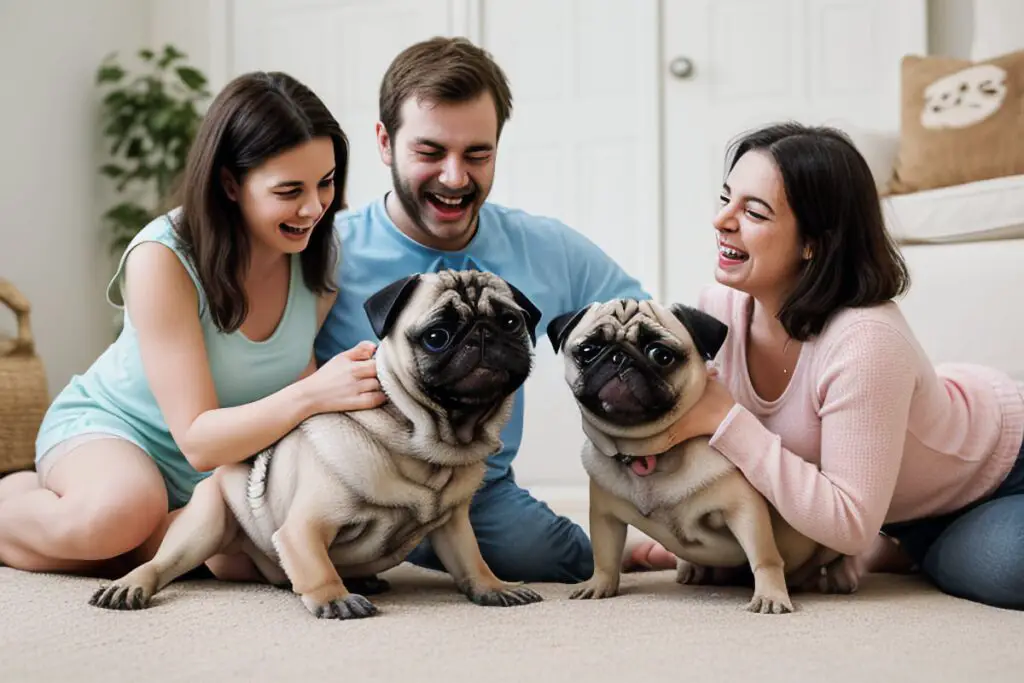
The Fascinating World of Pug Dogs
In conclusion, pugs are genuinely unique and captivating dogs. Their distinct characteristics and temperament make them an ideal choice for many dog lovers. With their adorable wrinkled faces, expressive eyes, and playful nature, pugs have a way of melting the hearts of dog enthusiasts.
Like all dogs, pugs may require extra attention due to their brachycephalic nature. Regular veterinary check-ups and a balanced diet are essential for maintaining their well-being. Grooming and coat care are significant in keeping dogs’ coats healthy and matting-free.
While dogs like pugs may not be the most active breed, they still benefit from regular exercise to prevent obesity and promote overall fitness. Short walks or interactive play sessions can help keep dogs like pugs physically stimulated.
Pug mixes, also known as mixed-breed dogs, offer a unique blend of traits from different breeds, making them popular among pet owners. However, owners must be aware of common health concerns in these dogs. Understanding and addressing these potential issues is crucial for providing the best care for your mixed-breed pug.
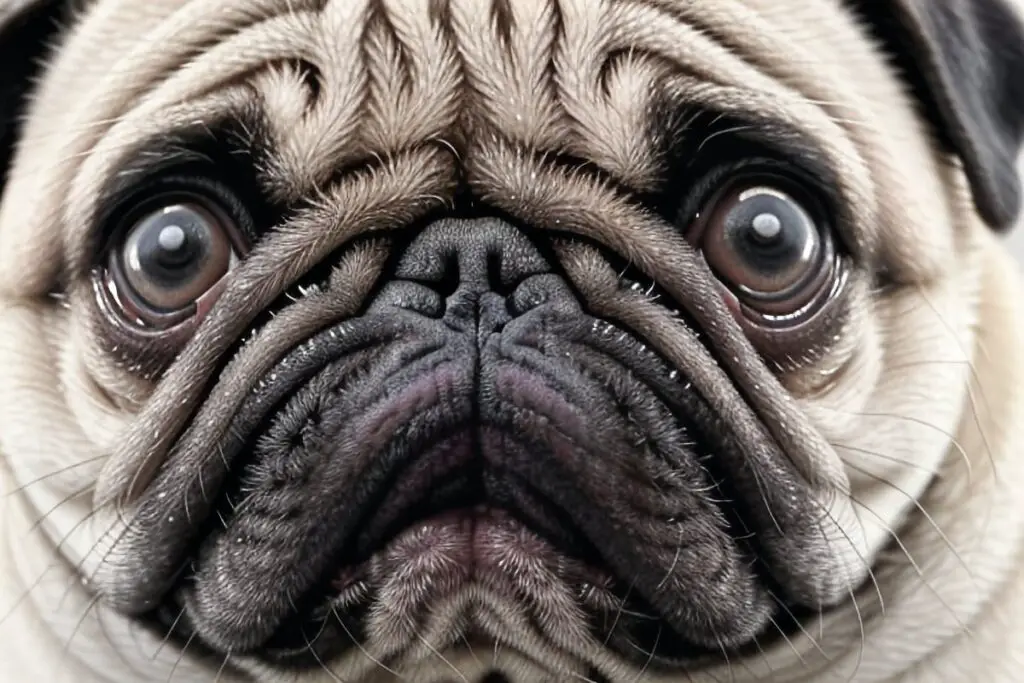
To ensure the happiness and longevity of your pug companion, it is vital to prioritize the well-being of dogs through proper care, regular exercise, and attention to any specific health needs.
So if you’re ready to welcome a charming pug into your life, prepare yourself for endless cuddles, laughter-filled moments, and the unconditional love of dogs!
FAQs:
Are pugs good with children?
Pugs, like many friendly dogs, generally get along well with children. However, it is always recommended to supervise interactions between young children and any dog breed.
Do pugs shed a lot?
Yes, dogs like pugs do shed quite a bit throughout the year. Regular brushing can help minimize shedding and keep their coat looking its best.
Can I leave my pug alone for long periods?
Pugs, being dogs, thrive on human companionship and may experience separation anxiety if left alone for extended periods. It’s best to provide dogs like them with regular social interaction and mental stimulation.
Are pugs easy to train?
Like many dogs, Pugs can sometimes be stubborn, making training challenging. However, dogs like Pugs can learn basic obedience commands with patience, consistency, and positive reinforcement techniques.
Do pugs have a lot of health issues?
Pugs, like other dogs, are prone to specific health issues. These issues include breathing difficulties, eye problems, and obesity. Regular veterinary care and a healthy lifestyle are essential for managing these concerns effectively.